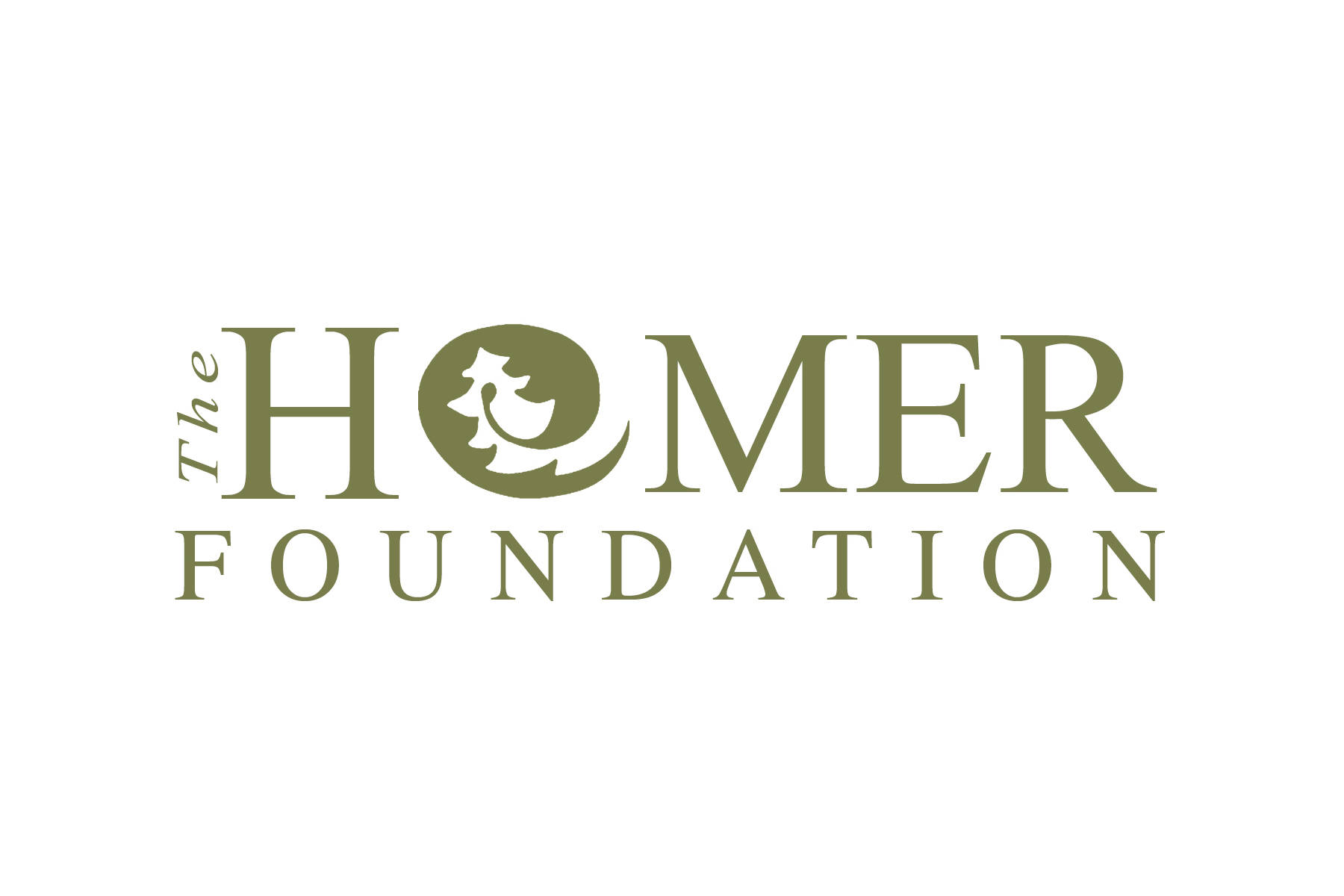Last week, Gov. Mike Dunleavy abruptly vetoed all of the Alaska Legislature’s approved funding for the arts and culture in Alaska, cut the University of Alaska by 40% and slashed Health and Human Services, destabilizing our most vulnerable — children and elderly. With the failure of the Legislature to override his vetoes last week, state agencies will begin shutting down services to Alaskans.
I am profoundly disoriented by this situation. I have taught for the University of Alaska 20 years, nearly as long as I’ve worked for Bunnell Street Arts Center. Many of the services which Dunleavy axed are mandated in our state’s constitution. In this context, it’s hard to talk about the needs of the arts and culture sector. But let’s remember that the arts and culture are livelihoods for many. In Alaska, arts and culture are a $1.3 billion dollar industry. In this sector alone, Dunleavy’s abrupt termination of funding for the Alaska State Council on the Arts (ASCA) will have dramatic and immediate impacts on people’s lives and programs in Alaska:
■ Recently-approved pending grants to Alaska arts organizations, individual artists, school districts, and local arts agencies would not be paid.
■ The services provided by these arts organizations to children and families across the state would be severely curtailed.
■ The annual federal match of $700,000 from the National Endowment for the Arts would be revoked.
■ The $1.5 million in private money administered by ASCA would be returned to foundation funders and not be expended to the benefit of Alaskans.
■ Alaska will be only state our nation to have no State Arts Council
In defense of her decision to protect the PFD at all costs, Rep. Sarah Vance suggested to me that private foundations could pick up the slack by funding arts and culture nonprofits in Alaska. This is not true, and here’s why. State support is not all about money. The strength of our sector builds on the infrastructure and the example of stewardship set by the State of Alaska. The Alaska State Council on the Arts was established to advocate, connect, strengthen, train, evaluate and elevate Alaska’s cultural sector. It is our bone structure. It’s not our fat.
ASCA has provided modest funds aimed to empower and catalyze the arts and culture sector, to attract and leverage private gifts from individuals and foundations. This is critical to our sustainability. ASCA does all the things that a good parent does to raise a responsible member of society: inspire, teach, evaluate, reward. Opposite thinking motivates the governor’s veto: when the bones of a body are removed, you destroy it.
Leverage is what state support achieves, leverage for private dollars. Homer’s nonprofits leverage state support at least three times for every dollar. Foundations are very careful not to create dependent nonprofits. Foundations require nonprofits to show state support. Federal agencies require us to demonstrate state support. So we will lose far more than state dollars with Dunleavy’s axe.
Art offers more than pretty images. Arts build a great many strengths for our society. Arts teach discipline, patience, cooperation, collaboration, coordination and teamwork. Arts teach problem-solving. Not everyone learns these essential life skills through academics or sports. State support was at an all-time low when Bunnell was established as a nonprofit in 1994. A determined perennial, Bunnell has grown a deep root system to nurture Alaska’s creative sector.
We have learned to grow with minimal support from the State of Alaska, but the support we receive, about 10% of our budget, is a critical part of our success. We leverage state support 10 times for every dollar. We present over 150 artists in about 75 programs annually. Our work as an arts presenter of exhibits, performances, residencies and Artist in Schools contributes to artists’ livelihoods, builds strong and deeply engaged communities and helps schools meet Alaska’s art and cultural standards. In the absence of art teachers and a Kenai Peninsula District Art Specialist to serve remote and rural schools, this is especially hard for schools to manage. The work we do strengthens lives economically, educationally and culturally.
As the University of Alaska, Alaska’s Health and Human Services and nonprofit arts and culture sector face grave cuts, I am reminded of the very hard work it took to build these agencies. So that much of this work isn’t lost. What every Alaskan can do is use our fat PFDs to support the services that shape a more just and vibrant society. To maintain a healthy state we will have to pay it forward. It’s up to each of us.
Asia Freeman is the Artistic Director at Bunnell Street Arts Center in Homer.

